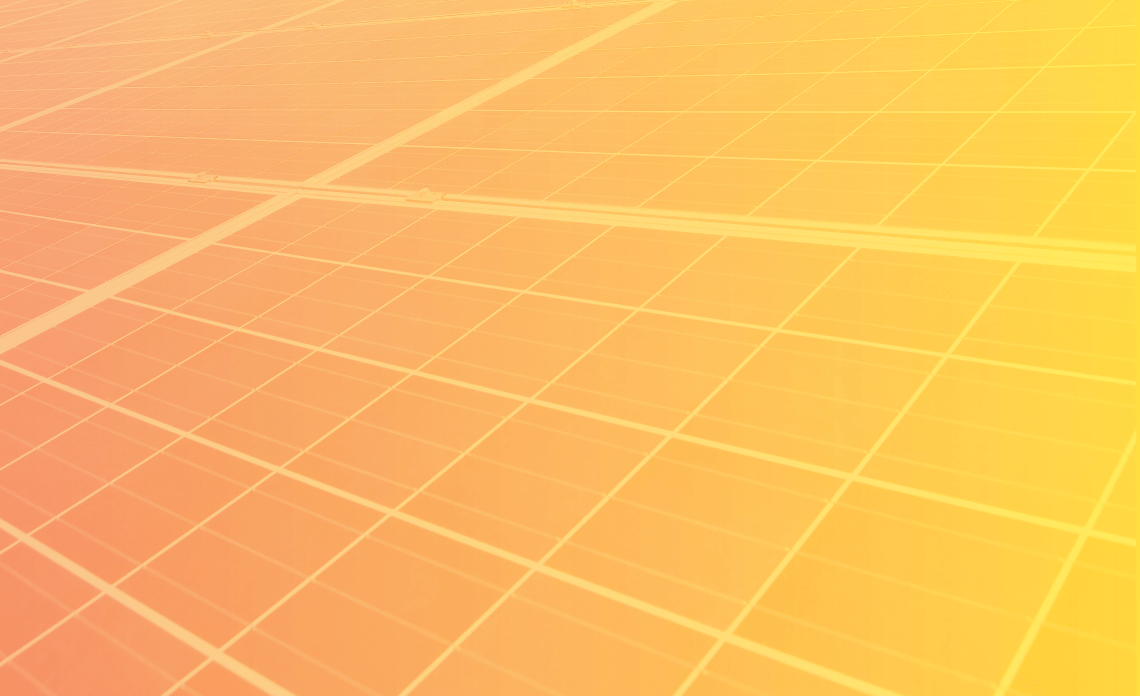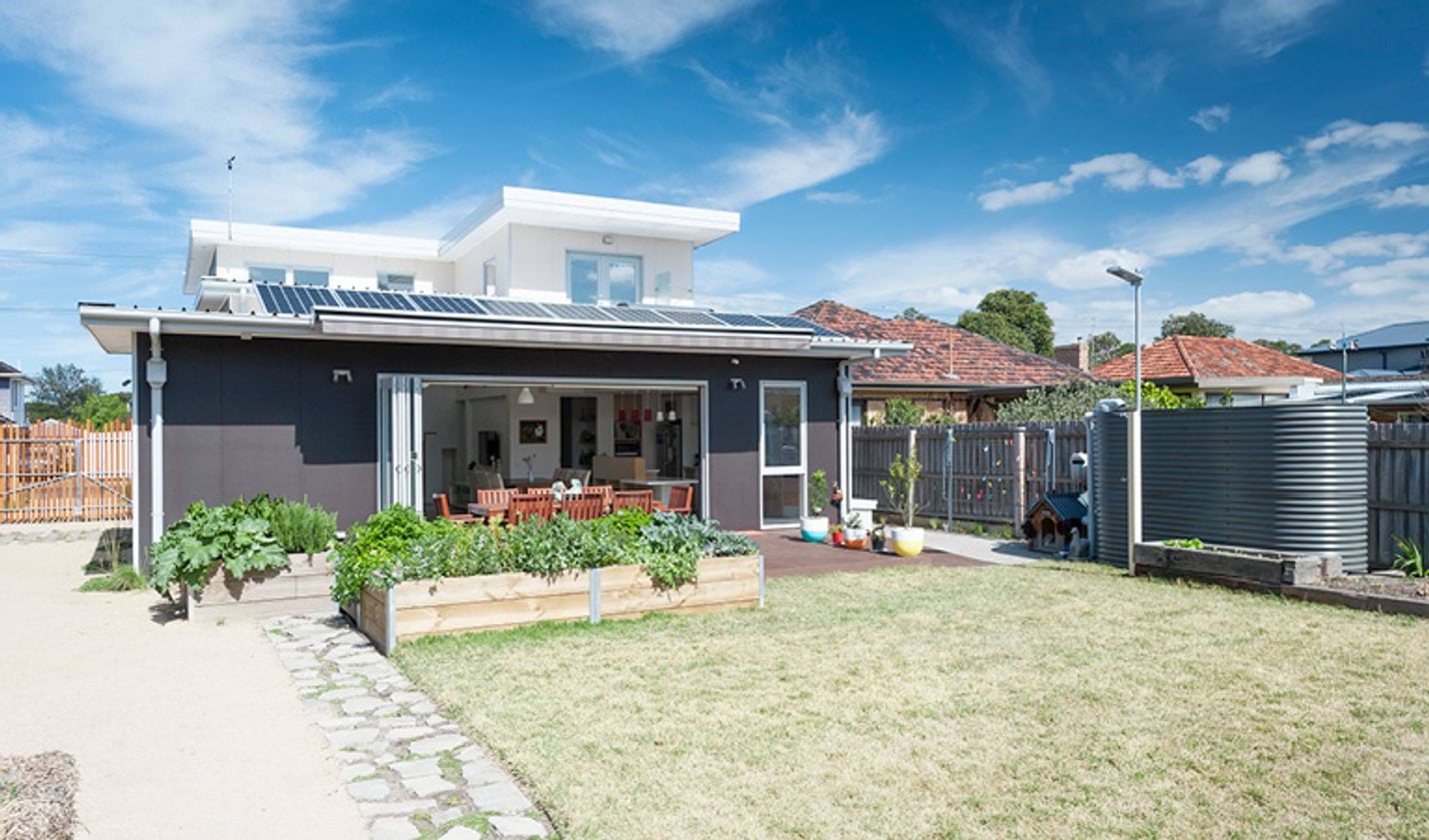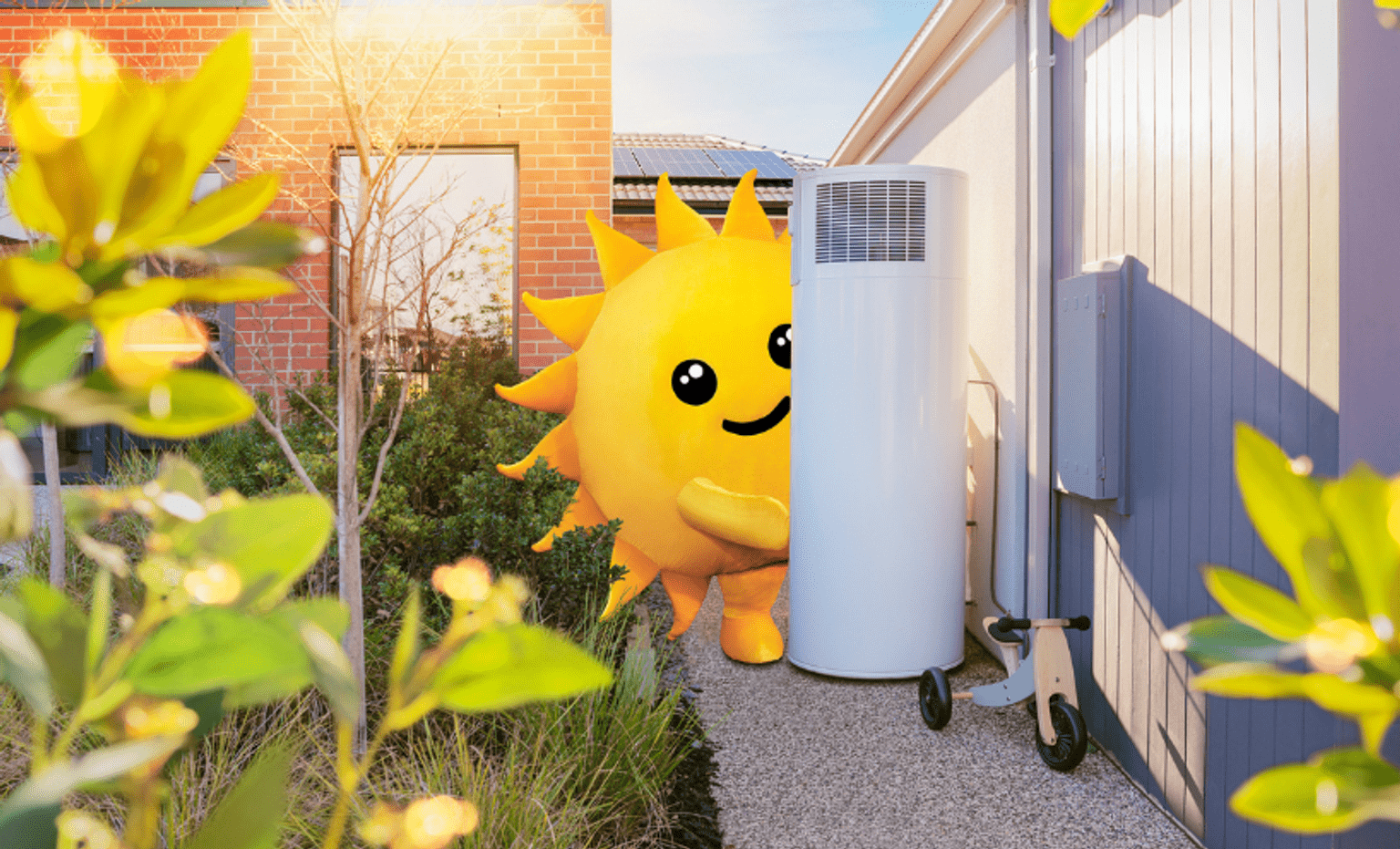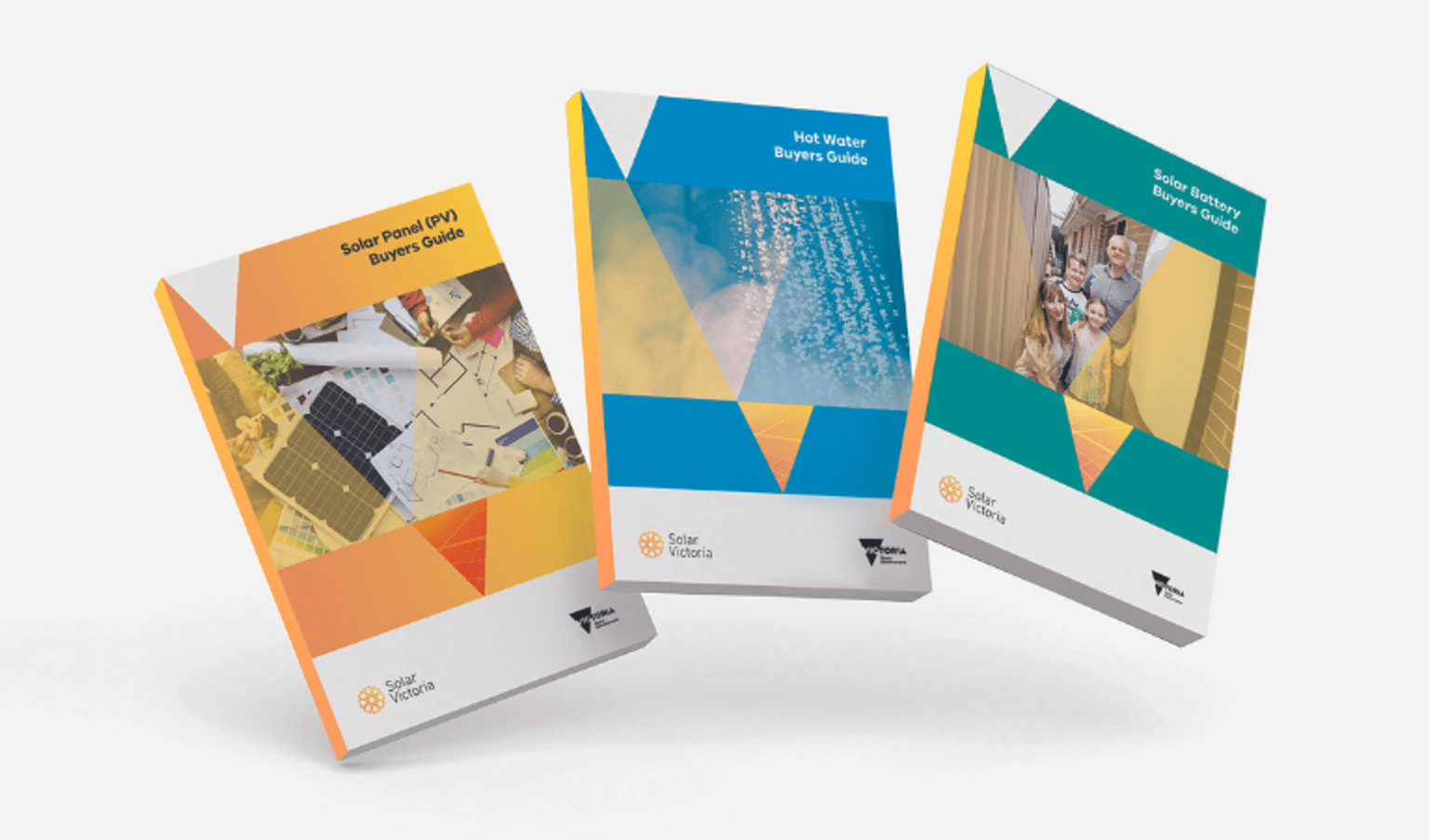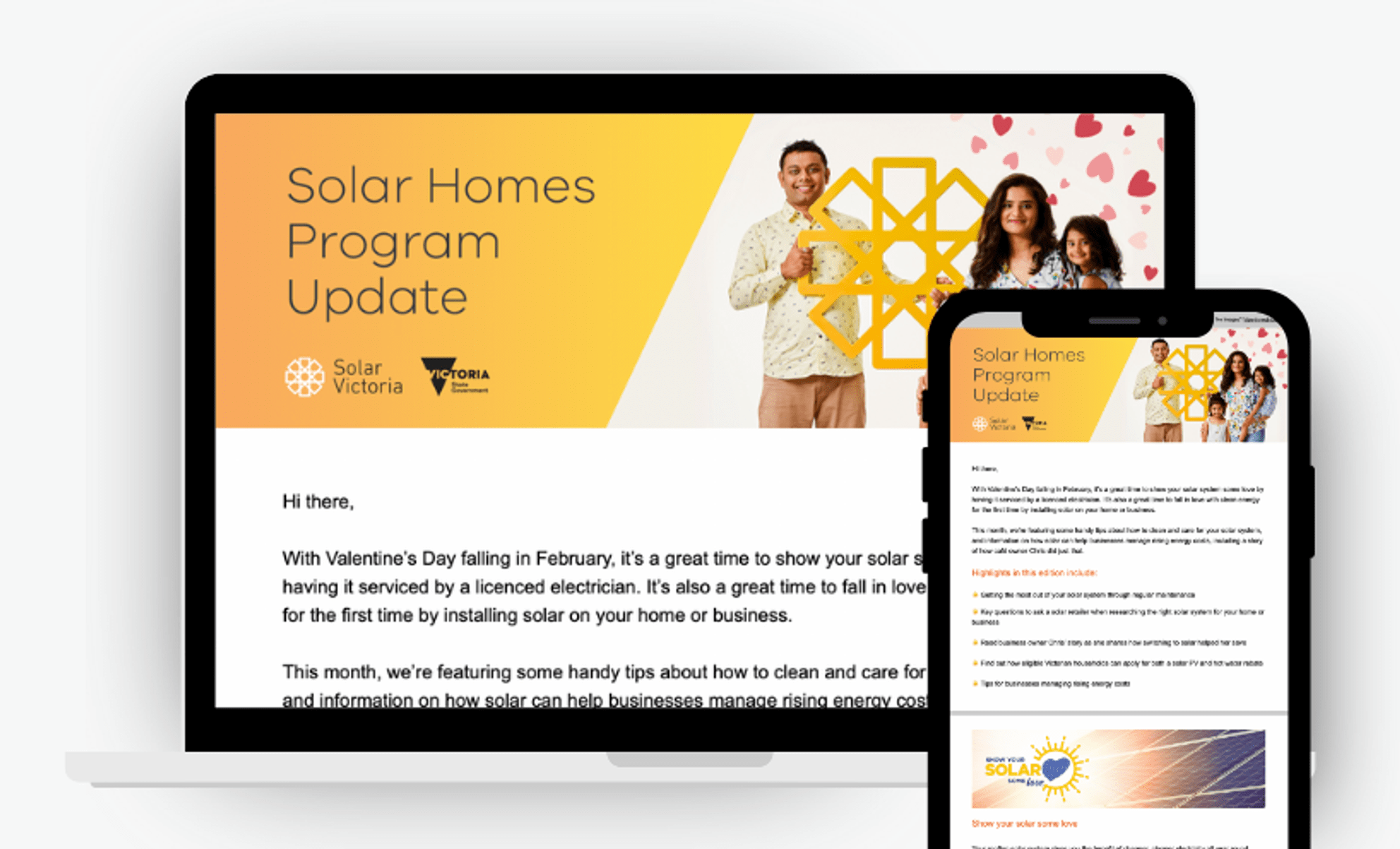Exports, imports and self-consumption
To get the most out of your solar system, get to know three important terms:
- If you have surplus solar electricity because you're using less than your solar system is generating, this is sold back to the grid and called exported energy.
- Whenever your solar system isn't generating and you use electricity, you're taking it from the grid just like you did before you had a solar PV system – that's imported energy.
- When you use electrical appliances throughout the day while your solar system is generating energy, you're making the most out of your solar PV system's power. This is called self-consumption.
Solar Battery
Households with a solar PV system benefit most when they maximise their self-consumption and minimise their imports by using their appliances during the day when the solar system is generating the energy. The money they're paid for exports can help to offset what they pay for imports. Having a solar battery can help you store some of the excess energy generated during the day for use during periods when the solar system isn't generating and at night.

Solar battery loans
Solar Victoria is no longer taking applications for interest-free loans for the installation of a solar battery system.
Tariffs
The other key to getting the most out of solar is understanding your electricity tariffs. The tariff is the value or cost associated with each unit of energy, usually expressed on your bill as cents per kilowatt-hour of energy (c/kWh).
The amount you get paid for your surplus solar energy (exports) is called the feed-in tariff.
The amount you pay for grid energy (imports) is called the retail tariff or consumption tariff. This might be:
- the same price all the time (flat or block tariff)
- different prices at different times (time-of-use or flexible tariff). Your energy plan might specify these times as peak and off-peak period, and maybe also a shoulder period (between peak and off-peak).
Example tariff:
Let's say the retail tariff is 31c/kWh, and the feed-in tariff is 11 c/kWh.
If your PV system generates 1 kWh of electricity and it gets exported to the grid, you get a credit of 11 cents for it.
If you do use the electricity generated by your solar system, you miss out on the 11 cents, but you don't pay 31 cents to buy it from the grid, so you've saved 20 cents.
Every kilowatt-hour of electricity that you can use from your own solar instead of buying it from the grid saves you the difference between the two tariffs – in this case, 20 cents.
Virtual Power Plant Program
If you own a solar battery, you could be eligible to take part in a Virtual Power Plant Program. Virtual Power Plants allow households to share excess renewable energy stored in their solar battery. When enough households have solar batteries, they can network together through a VPP provider using smart technology to create a clean electricity grid.
When demand for electricity is high, the excess power from solar batteries can feed into the VPP electricity network. As you own your clean energy, it's like renting it out when you don't need it, providing you with higher savings and clean energy for other households.
Timing your use of energy
The key to taking the best advantage of solar is all in the timing. If you can switch some of your usage (‘load’) from nighttime to daytime. This is called load shifting.
The more you can shift your consumption to daytime with solar, the better.
If your home is well insulated, consider pre-cooling your home on summer afternoons while the sun is still high in the sky. This might lessen the amount of cooling energy needed for the evening peak.
Some modern heating or cooling systems, allow you to set a timer. However, preconditioning only works if your house is well-insulated so the coolness or warmth is not lost before you need it.
Many modern dishwashers and washing machines have a delay start feature. If you were to set your dishwasher after breakfast with a two-hour delay, your solar energy generation might cover the cycle by the time your dishwasher starts.
On summer afternoons, you might benefit from pre-cooling your home while the sun is still high in the sky. This might reduce the amount of cooling energy needed for the evening peak.
Reading your energy generation
It's said that you can't manage what you can't measure, and this applies to solar electricity systems too. By reading your inverter, you can understand how much energy is being generated by your system, which can help you to manage your energy use.
The inverter is the brains of your PV system. It takes the solar-generated DC electricity from the panels and converts it to AC mains electricity. Whenever your inverter is sending energy from your panels into your home, the rate at which that energy is flowing is called power and it's measured in watts or kilowatts (kW). That measurement is always available to see on the display of the inverter.
Your inverter's electronic display also shows energy generated each day. The energy generated (in kilowatt-hours – 1 kWh is the amount of energy 1 kW of power produces in an hour) is tallied up and generally measured every day, along with the lifetime total for the inverter. This data may also be available via a web portal or smartphone app linked to the inverter.
Fuel switching: Using electricity in place of gas
For homes with gas, your solar generation can't offset your gas energy consumption. In comparison, efficient all-electric homes have greater potential to use solar energy because they have more appliances that can use available electricity. Changing from gas to electricity is an example of fuel switching.
In the future, you might consider efficient all-electric alternatives to gas-fired hot water, heating and cooking. The economics of efficient solar all-electric homes means there aren't any gas bills to pay, and you're making the most of your PV-generated solar electricity.
The benefits of switching from gas to electric are outlined in the Household Fuel Choice in the National Energy Market report.
Updated
